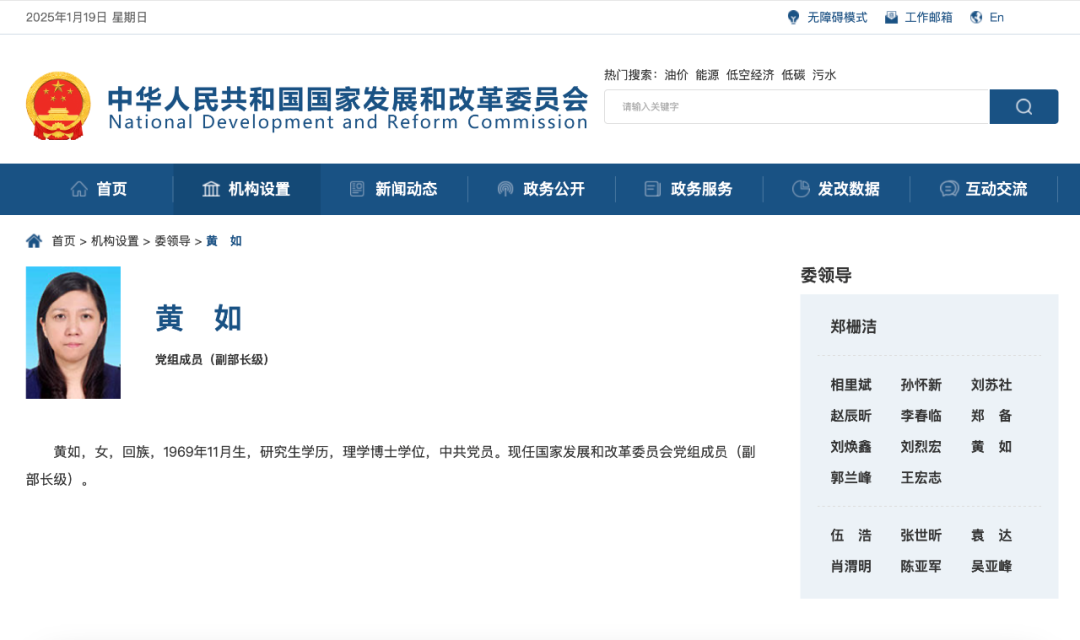CCTV News: January 19 is the 13th day after the magnitude 6.8 earthquake occurred in Tingri, Tibet, and earthquake relief work has entered the transitional resettlement period from the emergency period. Everyone is very concerned about how the people in the disaster-stricken areas eat? Is it warm to live? Are there sufficient material reserves? Can you spend the winter warmly?
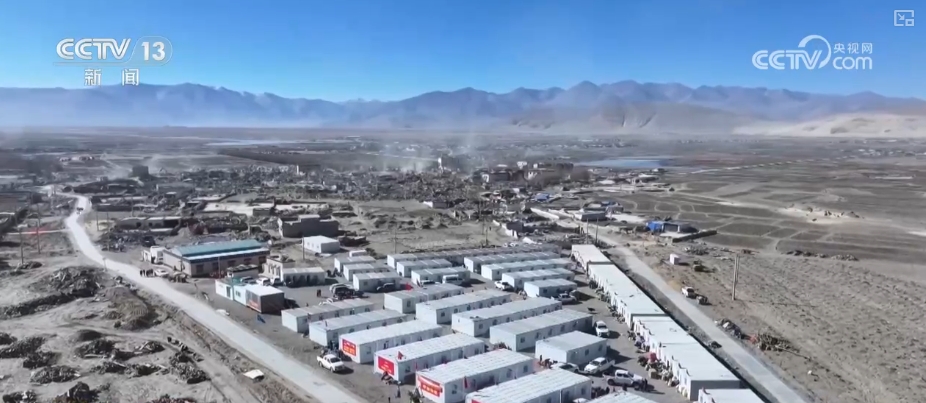
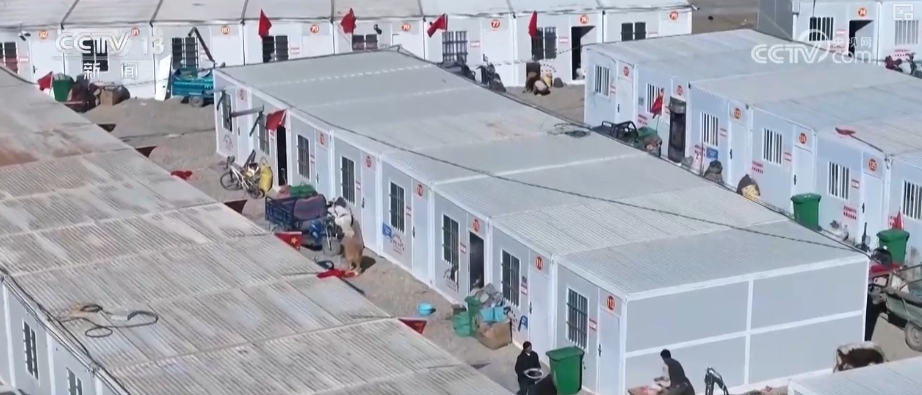
In this village with severe earthquake, 125 houses were damaged and 642 villagers needed to be resettled. On the evening of January 18, the last villager moved into a prefabricated house.
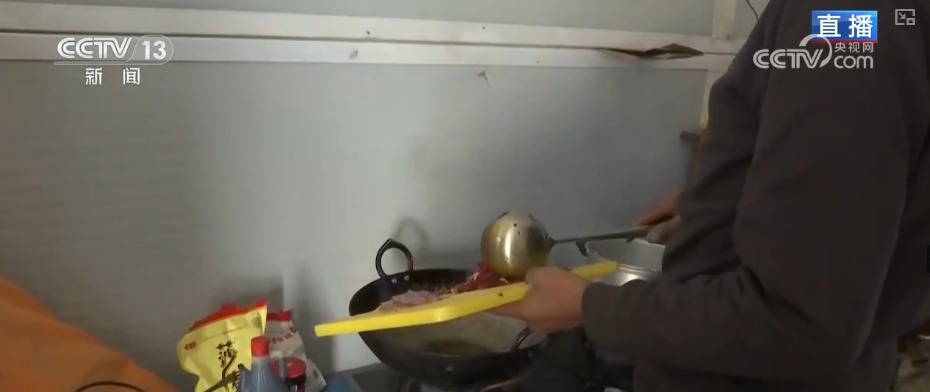
You can feel from the villagers' dining table that earthquake relief aid supplies have shifted from the initial emergency supplies such as instant noodles and bread to regular supplies, such as rice, noodles, oil, meat, vegetables, etc.
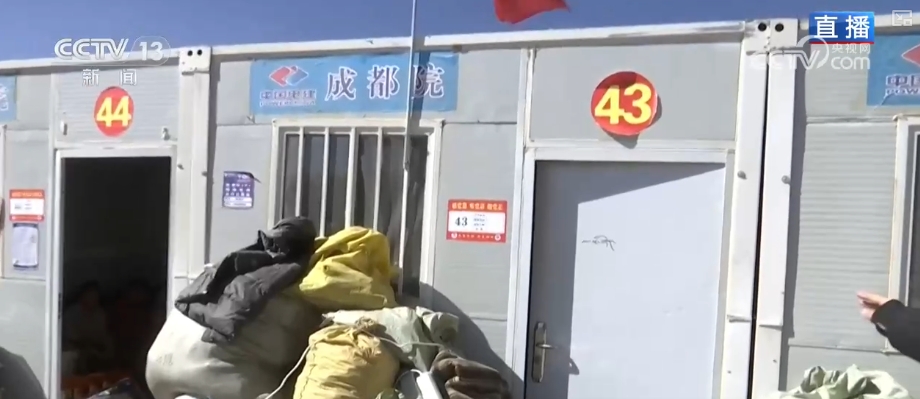
At present, there are several units that undertake the construction of building prefabricated houses in disaster areas, so the types and functions of prefabricated houses are different.
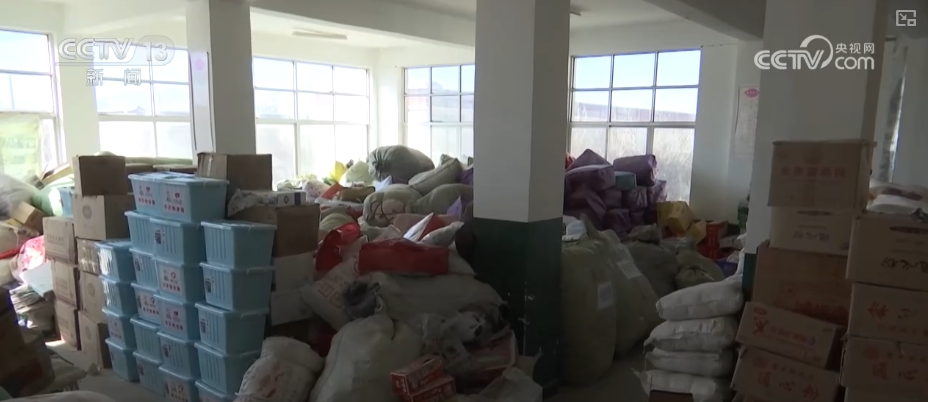
The villagers live in a limited area of prefabricated houses and cannot store too much materials. All the materials are concentrated in a primary school in the village, and the funds are very sufficient.
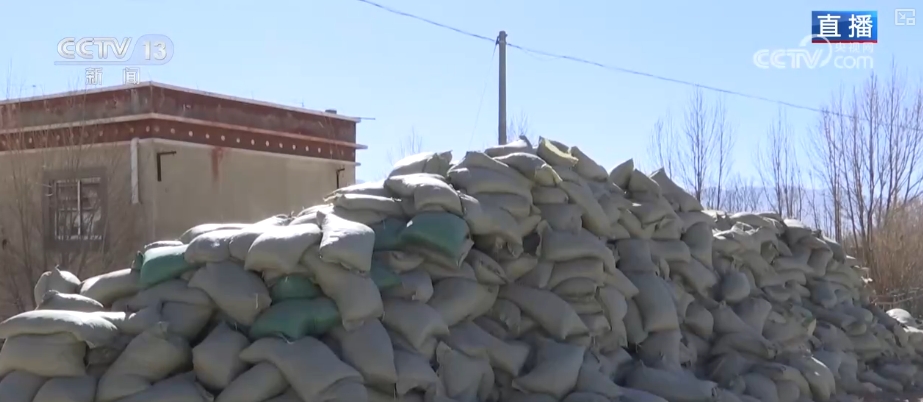
The same thing as stacking hills at the gate is fuel and compressed firewood. The grain materials that are relatively well-preserved, such as tsampa, rice, flour, and barley, have a storage capacity of about 3 months. Materials like meat and vegetables are distributed on demand in installments because the villagers themselves are not easy to preserve.
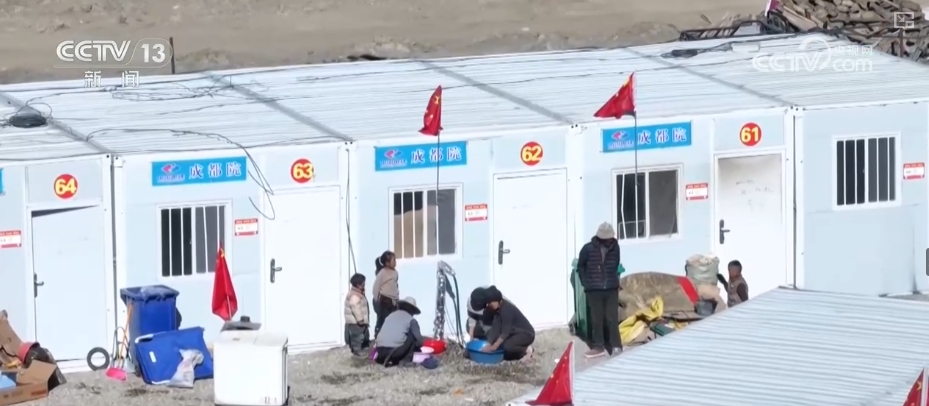
In Senga Village, the villagers arranged their lives in an orderly manner. The prefabricated houses were bright and warm, and all kinds of supplies were sufficient. The fireworks interrupted by the earthquake came back. It is understood that not only in Senga Village, there is such a scene, but other earthquake-stricken villages are guaranteed to achieve warm wintering.



